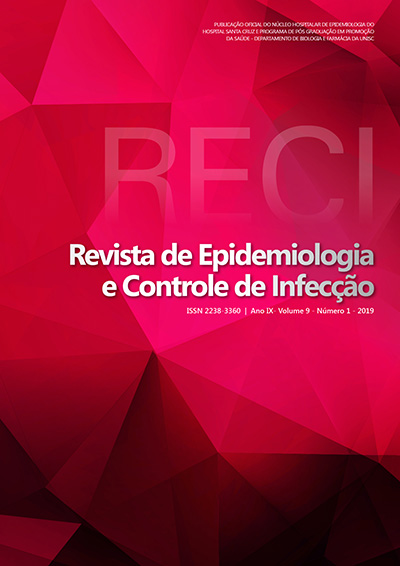Sociodemographic profile of manicures operating in western Paraná: aspects of professional training and biosafety
DOI:
https://doi.org/10.17058/reci.v9i1.11762Abstract
Background and Objectives: The emergence and development of professional manicures are and related to the development of aesthetics and podiatry, combined with the economic development of the country and the media, which lead individuals to care about their body, requiring a quantitative growth of professionals who can meet this demand, including manicures. However, this growth has not accompanied the proper professional qualification, exposing workers and the clientele served to risks inherent to the activities developed. The objective of this study was to evaluate the sociodemographic profile of professional manicures, focusing on aspects such as professional training and biosafety. Methods: Descriptive, cross-sectional and prospective study, with a field study design and quantitative data analysis. Results: The total access sample consisted of 61 beauty establishments, with predominance of female professionals (96.72%), with incomplete high school education (58.91%), monthly income up to a minimum wage (77.04 %); regarding courses on biosafety, 73.77% of the interviewees never performed it. Conclusion: It was evidenced that the low level of education, related to the lack of courses that involve biosafety issues, reinforce the risks that these professionals face daily. Keywords: Beauty and Aesthetics Centers. Public Health. Health Profile.Downloads
Downloads
Published
How to Cite
Issue
Section
License
The author must state that the paper is original (has not been published previously), not infringing any copyright or other ownership right involving third parties. Once the paper is submitted, the Journal reserves the right to make normative changes, such as spelling and grammar, in order to maintain the language standard, but respecting the author’s style. The published papers become ownership of RECI, considering that all the opinions expressed by the authors are their responsibility. Because we are an open access journal, we allow free use of articles in educational and scientific applications provided the source is cited under the Creative Commons CC-BY license.


